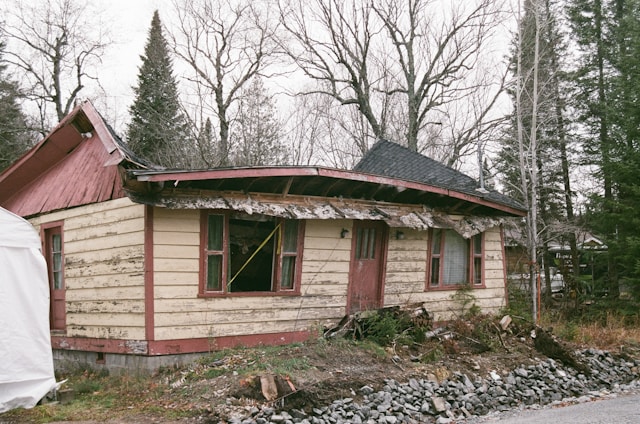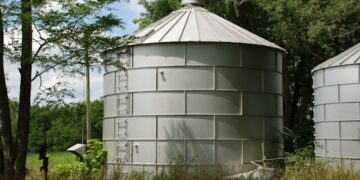Earthquakes strike without warning, and when they do, they can cause massive damage to structures and endanger lives. If you live in a region prone to seismic activity, it’s essential to take action now rather than wait for the next tremor. Learning how to earthquake-proof your home is one of the most important steps you can take to protect your family and investment.
This comprehensive guide will walk you through practical ways to make your home earthquake-resistant, whether you’re looking for basic safety upgrades or full structural retrofitting.
Understand Your Home’s Risk
Before making changes, assess how vulnerable your home is to seismic damage. If you’re unsure, begin by determining whether your home is located in an earthquake-prone zone. Check local hazard maps or consult your municipality for seismic risk assessments.
Next, consider your home’s age and construction type. Older homes built before modern building codes are often less secure and more likely to suffer structural failure during a quake. Homes with raised foundations, unreinforced masonry, or no retrofitting are particularly at risk. Understanding these weaknesses is the first step in learning how to secure your house from earthquakes.
Secure the Structure
One of the most critical steps in earthquake-proofing your home is reinforcing its structural integrity. Here’s where to begin:
Strengthen the Foundation
Homes with raised foundations can shift violently during a quake if not properly anchored. Bolting the house frame to the foundation helps prevent this. Installing steel anchor bolts or foundation plates is one of the most effective ways to make your home earthquake-resistant.
Brace Cripple Walls
Cripple walls are short wooden walls between the foundation and the first floor. During an earthquake, these walls can collapse if not reinforced. Adding plywood sheathing and bracing increases their strength, helping prevent your house from sliding off its foundation.
Reinforce Shear Walls
Shear walls help absorb and distribute seismic forces. If your home lacks enough of them or if existing ones are weak, retrofitting them with structural panels and anchors enhances resistance to lateral motion.
Anchor Chimneys and Heavy Systems
Chimneys made of brick or stone are highly vulnerable to collapse. Reinforcing or removing unsafe chimneys is often recommended. Water heaters, gas lines, and HVAC systems should also be strapped securely to prevent tipping or rupturing.
Secure the Roof
Loose or poorly connected roof systems can detach or sag during a quake. Inspect the roof’s frame, fasteners, and load-bearing points to ensure they are properly anchored.
Interior Safety Improvements
Even if your home’s structure is sound, unsecured interior objects can become dangerous projectiles during an earthquake. Here are simple and effective home earthquake safety tips to reduce injury and damage:
-
Use L-brackets or wall anchors to secure bookcases, dressers, and cabinets to walls.
-
Install child-safety latches on cabinets to prevent contents from spilling out.
-
Hang mirrors, frames, and TVs with earthquake-resistant mounting systems.
-
Place heavier items on lower shelves to reduce tipping hazards.
-
Avoid placing beds or seating areas next to tall, heavy furniture.
-
Keep hallways and exits free of clutter for quick evacuation.
These DIY earthquake preparedness steps are inexpensive but can dramatically improve your home’s safety.
DIY vs. Professional Retrofitting
While some improvements can be done yourself, others require professional help. Here’s how to decide:
What You Can Do Yourself
-
Anchor furniture and appliances.
-
Apply safety film to windows.
-
Secure light fixtures and electronics.
-
Organize emergency supplies.
When to Hire a Pro
-
Foundation bolting and cripple wall bracing.
-
Structural retrofitting and shear wall installation.
-
Chimney reinforcement or removal.
-
Engineering assessments for older homes.
Hiring a licensed contractor or structural engineer may cost more upfront, but it ensures your home meets seismic safety standards. Earthquake retrofitting costs vary based on size, location, and home condition, but the long-term safety benefits often outweigh the expense.
Prepare for Emergencies
Retrofitting and securing your home is essential, but preparation goes beyond the structure itself. Having a family emergency plan is just as important.
Emergency Kit Checklist
-
First-aid supplies
-
Flashlights and extra batteries
-
Water (one gallon per person per day)
-
Non-perishable food
-
Important documents (stored in waterproof bags)
-
Portable phone charger or power bank
-
Whistle, dust masks, and gloves
Store your emergency kit in an easily accessible location and make sure every household member knows where it is.
Create a Family Earthquake Plan
-
Assign meeting points both inside and outside your neighborhood.
-
Teach everyone how to “Drop, Cover, and Hold On” during a quake.
-
Practice earthquake drills regularly.
-
Label gas shut-off valves and show household members how to turn them off.
A well-rehearsed plan can save lives in the chaos of a real earthquake.
Final Thoughts
You don’t need to overhaul your entire home at once. Even taking small steps today like bolting furniture or building an emergency kit can significantly reduce your risk. As seismic activity becomes more frequent and intense in many regions, knowing how to earthquake-proof your home is not just a precaution, it’s a necessity.









